As I recently wrote, I love my Nikon 18-200 zoom except that it's a bit “slow”, optically speaking: at f/3.5-5.6, the lens diameter is too small to allow enough light for reasonable shutter speeds in low-light situations. So, two weeks ago, I finally picked up a Sigma 30mm f/1.4 prime lens.
At f/1.4, it's 3 stops “faster” (optically speaking) than my current lens, meaning it can allow 8 times more light, in turn allowing a shutter speed 8 times faster. That makes it great for low-light situations.
A byproduct of a large aperture (low “f” number like 1.4) is that it can produce an extremely shallow depth of field, meaning that most things are out of focus except for objects more or less exactly such-and-such a distance from the lens. This can be used creatively in a variety of ways.
Because of the shallow depth of field, focusing must be spot on or what you intend to be sharp won't be. Unfortunately, this lens has a reputation for having auto-focusing problems: if you're lucky, the one you get is perfect, but if you get a bad one, the focus point can be a few inches to the front or rear of where you told it to focus. If you get one of these, you have to either return it to the store and try your luck with another, or send it to Sigma to have them fix it.
Looking at one of the first photos I took, I knew I'd gotten a lemon:
Clicking on the picture above to see a larger version shows pretty much nothing is in focus, although you can see a stripe across the width of the paper Anthony's looking at is more in focus than the rest. The focus point was his left eyelash (the one on our right), but the lens missed it wildly.
Anyway, I didn't know about that until later when I looked at them on the computer. When I first got back from the store, I'd had time to take just a few test shots of Anthony before we headed out to eat with Fumie's folks. It was dark out and I wanted to see what the large aperture could do, so I left it wide open most of the time. As I said, I didn't know about the focus problem until I got back, so many of the pictures below have focus issues.
As with most pictures I put in my posts, clicking on them yields a larger version.
We went to a restaurant that's about a five-minute walk away. It specialized in Fugu (pufferfish) and Matsutake mushrooms.
As you can see in the upper-left of the large version of the next picture, my copy of the lens suffers from severe chromatic aberration. The black letters on the white sign show a strong blue fringe, so strong that I wondered if it was actually part of the sign. (I checked the next day; it's not.)
To take the picture above, I had my back pressed deep into the corner of the room. At 30mm, this lens is just a bit too long for a confined space like this. I really would have preferred a 24mm over a 30mm, but it seems no one makes such a Nikon-mount 24mm f/1.4 lens.
Despite the picture above having nothing in focus except the edge of the tray in front of Anthony, it's a good example of how a shallow depth of field can be used to isolate a subject. If the focus had been correct, Anthony would be crisp and sharp, but the background and stuff on the back edge of the table would all remain out of focus. With the smaller aperture of a common lens, the background would be more in focus, more distracting.
In the next picture, I have Fumie and the foreground out of focus, with the waitress the main point of focus.
The shot above really highlights the shallow depth of field.
The shot below doesn't say much about the lens; it's just a nice shot of Fumie's dad, despite being out of focus.
I'd played around a lot with the shallow depth-of-field the lens could produce, but I wanted to test its light-gathering abilities more. I thought I'd take a picture of the river next to our building, but Anthony was fussy and would have none of it. In the end, I was able to take one shot hand-held with just one hand while holding a fussy, wriggling Anthony in the other:
It's clearly out of focus, and not the lens's fault this time, but considering the situation I think it's pretty darn good. My other lens would have needed an almost two-second exposure, which would have yielded nothing but a blur. (However, under better conditions my 18-200 can produce nice night photos, such as this 30-second exposure from a bit further down the river, looking towards where the above picture was taken.)
Back at home, once I looked at the first batch of photos, I realized that I had a lemon, and kept it to mostly manual focus for the next few days. (This had me pining for a split-focus screen for my D200, like film SLRs of days past. Does anyone in Kansai install them?) The photos from my previous three posts about Anthony's birthday presents (one, two, three) were all taken with this lens.
In particular, this one photo was worth the cost of the lens:
This picture just couldn't have been taken with an f/2.8 lens (f/2.8 being a common maximum aperture on many pro-level lenses), as such a lens would have needed a 1/15th-second exposure, and no four-year-old stays still for that long. Well, I could have pushed the ISO way up to recover some of the shutter speed, but the result just wouldn't have been the same.
Update: the ghosting problem originally reported in this paragraph is likely not the lens' fault, but probably due to the fact that I had a filter on the lens (a clear-glass “protector” filter). I've not yet re-tested with my recently-acquired good copy of this lens, but I wanted to at least put a note here. Originally, I wrote... As much as I cherish this picture, it shows yet another problem with this lens: ghosting. The version above is almost just as it came out of the camera. Looking at (a reduced-size copy of) the original, you'll see that I used Photoshop to remove ghost reflections of the candle flames that appeared on and next to his head (as well as a light outside showing through the curtain).
I knew that this lens really sucked in the light, but with focus problems, chromatic aberration, and ghosting, the copy I had just sucked. I brought it back to the store, and while there I was able to test another copy (using a focus test chart among other methods [Update: here's the better focus-test chart] that I've used since) and its focus was clearly better than the copy I had. In the end I returned it and got my money back instead of exchanging, mostly because I'd since learned of a place I could get it for 20% less.
Today, I reordered it at a different store (for $100 less) along with two Nikon lenses, a 17-55mm f/2.8G IF AF-S DX and a 70-200mm f/2.8G IF AF-S VR. I expect to have them in time for fall foliage pictures. I'll use the Sigma f/1.4 lens only in special low-light situations, or for its shallow depth of field. Otherwise, I expect the two new Nikon zooms to get a lot of use, leaving my current f/3.5-5.6 18-200 zoom as an all-in-one walkaround/travel lens.
We'll see.
Update: finally got a good one.





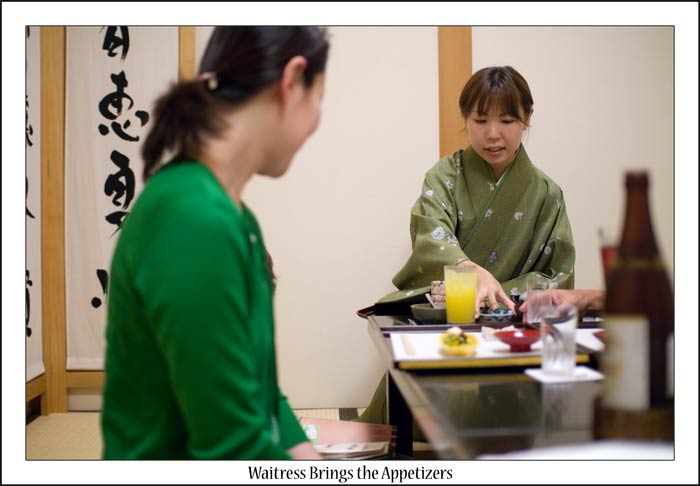
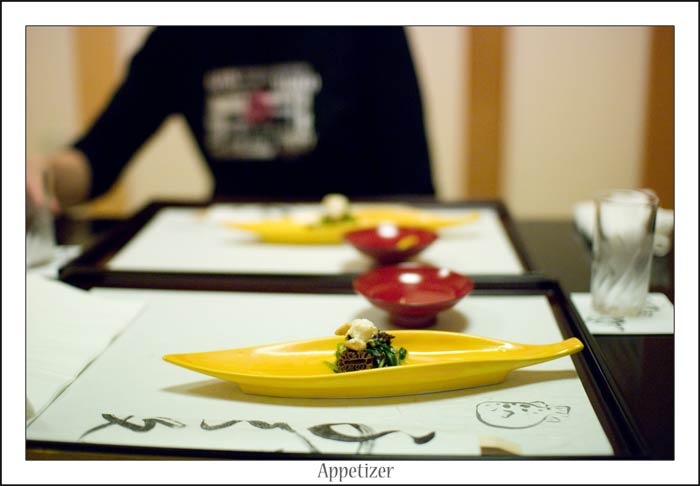
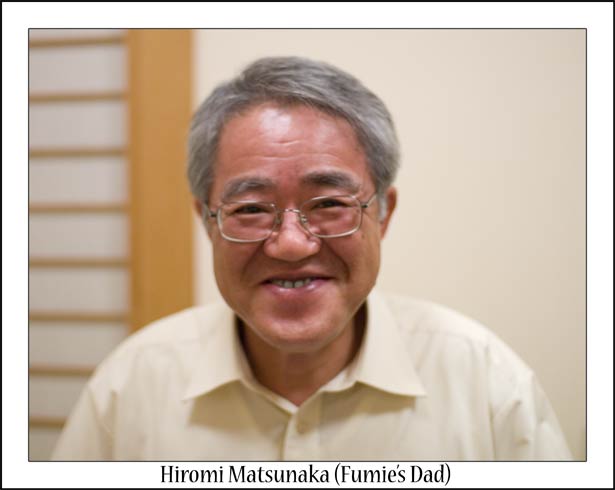


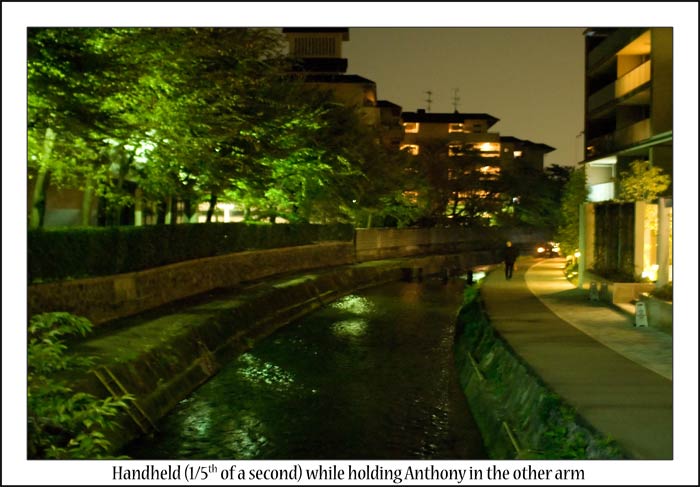
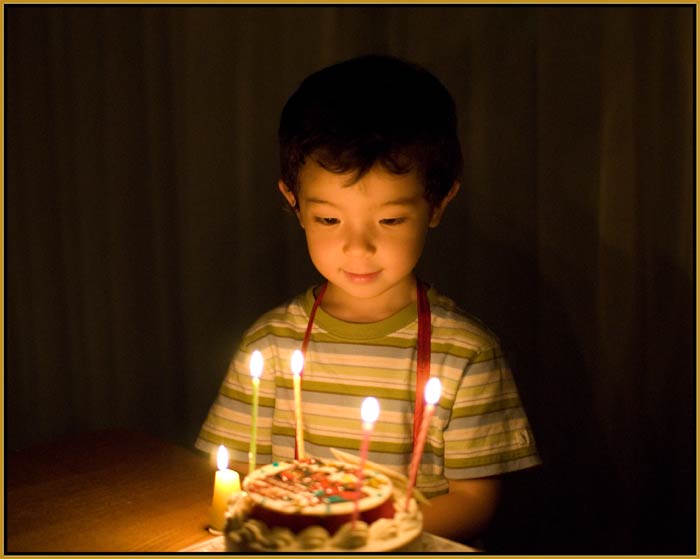
I hope you get a good copy of the Sigma. I went through a few copies before throwing my hands up in disgust and abandoning my quest. Shame, because it balanced well on my D70 and, being relatively light, was perfect for long walks in Toronto. Unfortunately my various copies had severe CA, abominable corners, poor contrast, back/front focus… You name it. I’ve never had anywhere close to the volume of problems with any other lens – and that includes my other 2 Sigmas.
Cheers.
Hi,I have read your book-“Mastering Regular Expressions, 3rd Edition”
It’s a wonderful book I have read. your know, I’m a Chinese guy, many people don’t want to read English book for it’s too difficult for them, so i want to help them to know this book and study Regular Expressions. if you permission will translate the book into Chinese in my blog,,and only in my blog, i won’t use it for any commercial purpose.
Thank you!
Great explanation. I have the 35 f2 and want this lens but im still not sure. Just once stop more, but heavier. Its a tough call
thanks